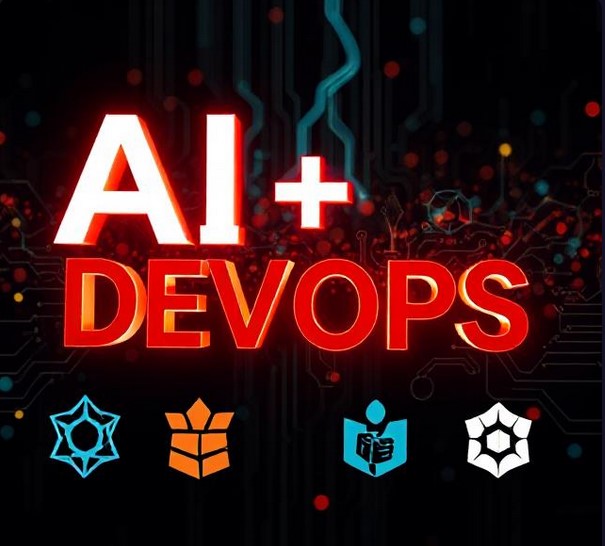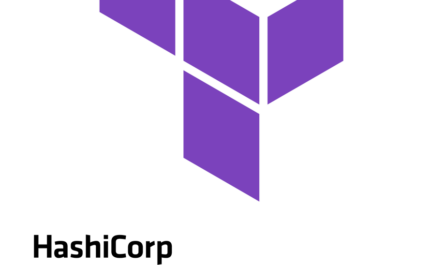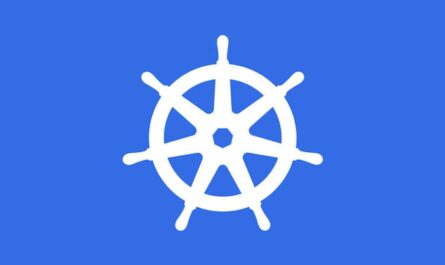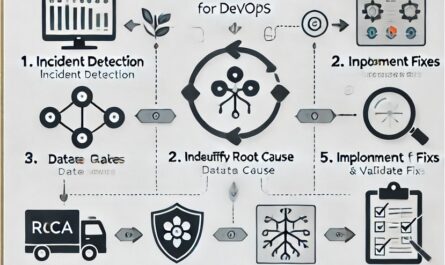Introduction
With the rise of AI, Machine Learning Operations (MLOps) is emerging as a critical extension of DevOps. While DevOps focuses on software development automation, MLOps optimizes the entire machine learning lifecycle—from model training to deployment and monitoring.
1. Key Differences Between DevOps and MLOps
| Feature | DevOps | MLOps |
|---|---|---|
| Focus | CI/CD & Infrastructure Automation | ML Model Lifecycle Automation |
| Versioning | Code & Config Files | Data, Model, Code |
| Testing | Unit, Integration, Functional Tests | Data Validation, Model Drift Detection |
| Deployment | Blue-Green, Canary | Model Rollback, Shadow Deployment |
| Monitoring | Logs, Metrics | Model Performance, Bias Detection |
2. Challenges in MLOps Implementation
🚧 Model Versioning Complexity – Unlike code, ML models depend on datasets & hyperparameters.
🚧 Model Drift & Bias – AI models degrade over time; they need continuous performance monitoring.
🚧 Infrastructure Management – GPU-based scaling in cloud platforms like AWS SageMaker, Azure ML.
3. How to Implement MLOps Efficiently?
✅ Use Kubeflow or MLflow to track experiments, training jobs, and model versions.
✅ Deploy AI models as containers using Docker + Kubernetes + KFServing.
✅ Automate ML pipeline with GitHub Actions or Jenkins + TensorFlow Extended (TFX).
✅ Monitor AI models with Prometheus & Grafana dashboards.
Conclusion
MLOps is the next evolution of DevOps, enabling AI engineers to automate, deploy, and monitor ML models just like traditional software applications. Adopting Kubernetes, CI/CD for ML, and AI-powered observability is key to scaling AI applications efficiently.






